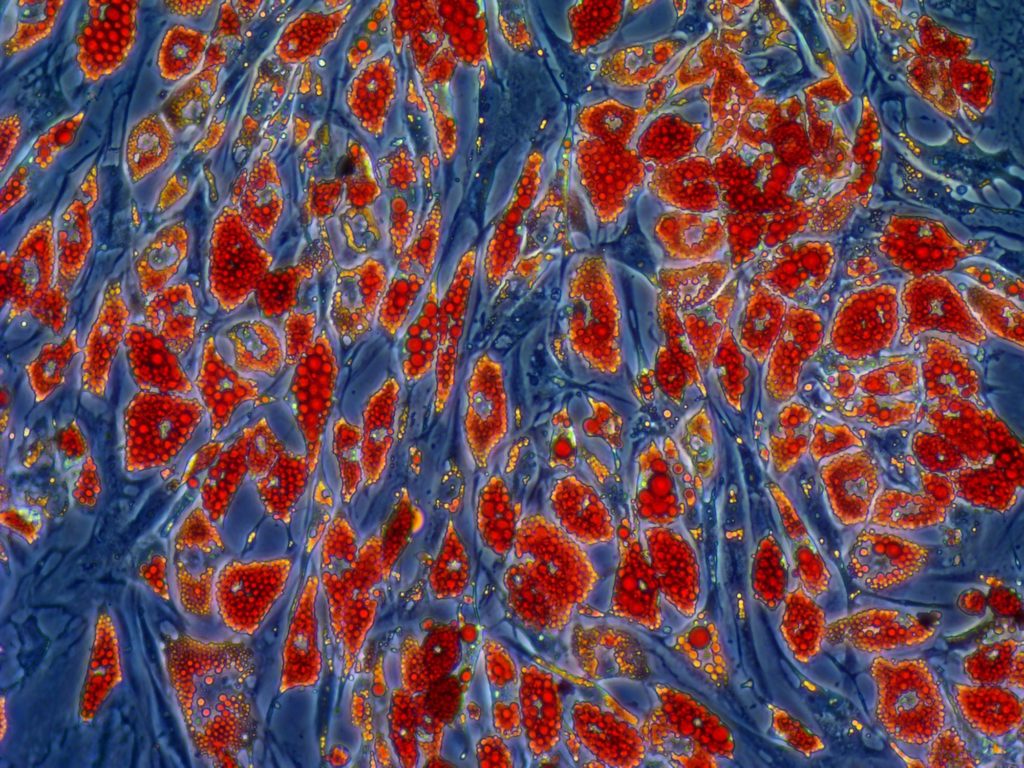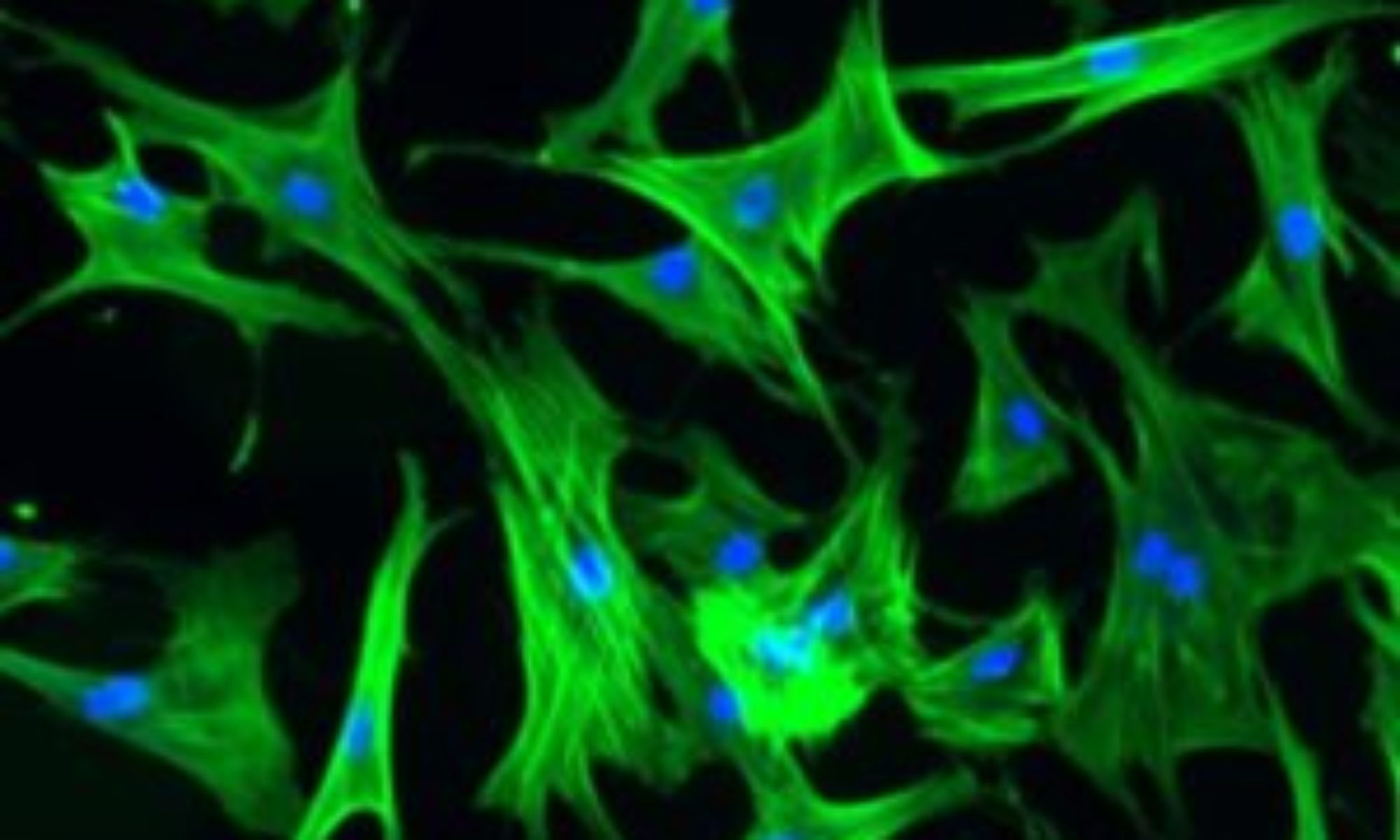What is Multiple Myeloma?
Multiple Myeloma (MM) is the second most common blood cancer in the United States, with nearly 35,000 cases diagnosed in the United States in 2021.Although overall survival has increased three-fold in the last several decades, MM remains an incurable disease with a median life span of 5-8 years post diagnosis.
Obesity, as defined by a body mass index (BMI) ≥30 kg/m2, is increasing at an alarming rate in the U.S. It is now recognized that 73.1% of all people in the U.S. over the age of 20 are overweight (BMI of 25-30 kg/m2) or obese.
Obesity is associated with the development and/or progression of thirteen different forms of cancer, including Multiple Myeloma. Overweight and obese individuals have 27% higher risk of developing MM and 60-80% higher mortality associated with it. However, the underlying mechanisms by which obesity contributes to MM etiology have not been elucidated. While current anticancer strategies target the cancer cell itself, cancer cells do not exist in isolation in the body but rather interact with surrounding cells. Emerging evidence suggests that neighboring cells send reciprocal signals to cancer cells to support their growth, survival, drug resistance, and evasion of immune surveillance.
MM cells “live” in bone marrow, where they can communicate with neighboring adipocytes (fat cells) that reside there. Adipocytes occupy 50-70% of bone marrow volume in adulthood, with numbers increasing with age and in response to obesity. We and others have shown that adipocytes are not static cells, but they alter their hormone profile and signaling pathways in response to obesity, turning on processes to fuel cancer growth and drug resistance pathways.
Broadly speaking, my laboratory is focused on two MM research questions. First, how do the signals that adipocytes send to MM cells change in response to obesity? And second, how can we break the adipocyte/MM signaling connection to make cancer therapeutics more effective?
Stem cells differentiated into fat cells and stained with Oil Red

